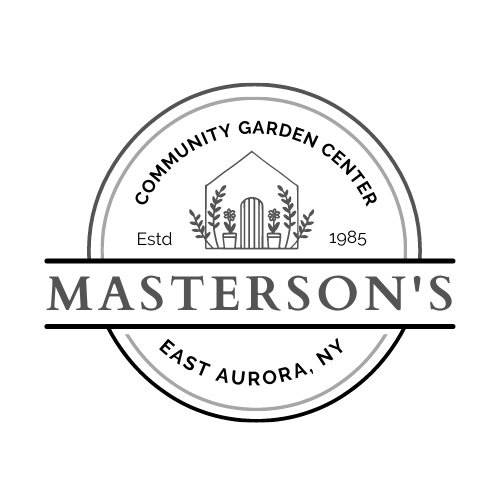FILTRATION
A properly designed filtration system is essential in establishing and maintaining a healthy garden pond. If not filtered properly your pond will accumulate excess nutrients and toxins which cause algae blooms (green water), deficient oxygen levels, high and unstable pH, and unhealthy fish and plants. Avoid these conditions by investing in a properly sized filtration system for your pond that includes both mechanical and biological filtration.
When choosing a system, remember that you cannot filter too much, so do not err on the side of too little or you will likely have problems down the road. Your filter must also be matched to the flow rate of your pump for it to work efficiently. Your filtration pump must be strong enough to ‘turn’ or completely circulate the volume of your pond minimally every two hours, preferably every hour, and run 24/7.
Mechanical Filtration
Mechanical filters physically remove leaves, dirt, fish waste, algae and any debris that is suspended in the water. Foam pads, sponges, brushes and even the roots of some plants are excellent mechanical filters.
Skimmer boxes which house the pump are the best mechanical filters available today for the average to large size pond. A skimmer with a solids handling pump greatly reduces maintenance while giving you a much healthier ecosystem.
Biological Filtration
All ponds need biological filtration. The size and type of the bio-filter you choose will depend on many factors including the size and depth of your pond, the amount of sunlight it receives, how many and what types of fish you have, how many and what types of plants and the size of your circulation pump.
Nitrifying bacteria in your pond converts the toxic ammonia from fish and plant waste to nitrite and then to much safer nitrate, which in turn is consumed by your aquatic plants. The bio-filter greatly speeds up this process by passing the water over media that harbors these beneficial bacteria.
Beneficial Bacteria, available at most any pond shop, should be added to your system regularly to assure that your filter operates efficiently.
The latest introductions in biological filtration are the up-flow filter/falls and the pressurized filters. The filter/falls provides an easy way to build a leak proof waterfall and give excellent bio-filtration at the same time. The pressurized filters have become popular because they are easily hidden from view, are installed easily and are relatively easy to clean.
Vegetative Filtration
Plants play an essential role in the filtration system as they remove the nitrates produced by the bio-filter. Having too few plants in the pond will almost certainly result in green water caused by algae blooms. The alternative to having enough plants to remove nitrates is to perform frequent water changes, a time consuming and expensive job that is easily avoided with the right plants.
We have achieved remarkable results by planting some aquatics (water hyacinth, water lettuce, water parsley, parrot feather) directly into the top of up-flow bio-filters. You can also create a bog area full of plants and circulate your water through it. This bog area should be equal to at least 10% of the surface area of your pond.
Aeration
Aeration of pond water is vital to both fish health and algae control. High dissolved oxygen levels are necessary to support the nitrifying bacteria that make your bio-system work. Operating your pump 24/7 at an hourly flow rate approximately equal to the total volume of your pond is sufficient in most cases. You cannot over aerate so the more circulation the better.
Ultraviolet Sterilization
Ultraviolet (UV) lights offer the quickest and surest way to eliminate green water. As water passes through the UV it is exposed to intense ultraviolet radiation. The right size UV matched with the proper flow rate typically eliminates green water within 3-7 days. Additionally, since the algae has been eliminated, pre-filters need to be cleaned much less often and there is less sediment build up on the bottom of the pond.
UV lights are expensive to buy but very inexpensive to operate and greatly reduce overall pond maintenance while providing crystal clear water. They are especially helpful in the spring and fall seasons when your plants are not growing fast enough to keep up with the nitrates being produced in the pond.

